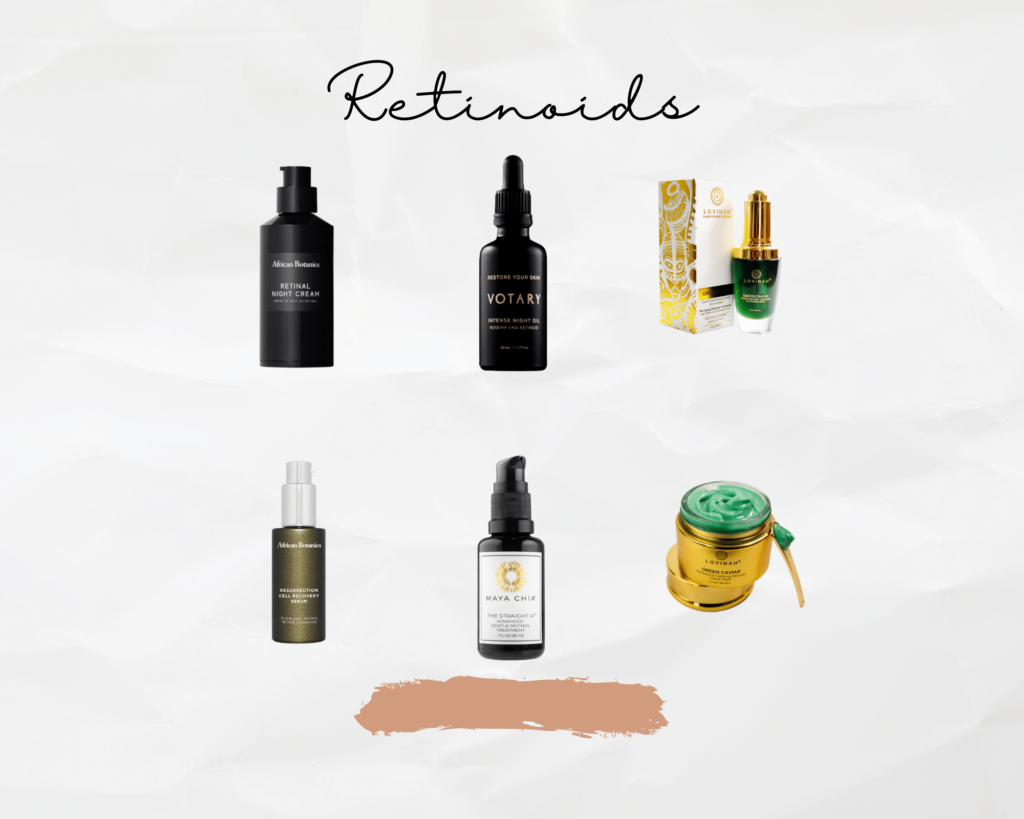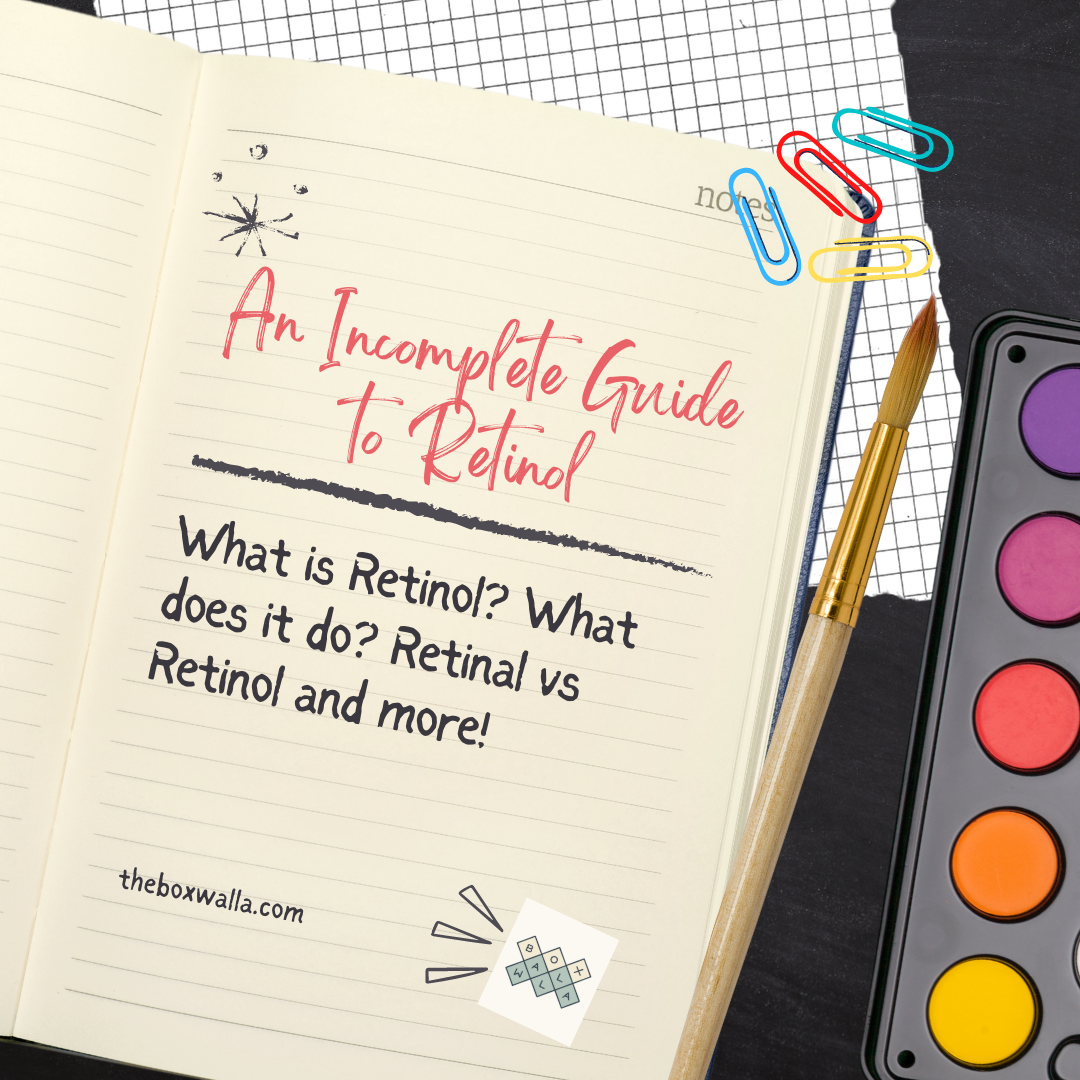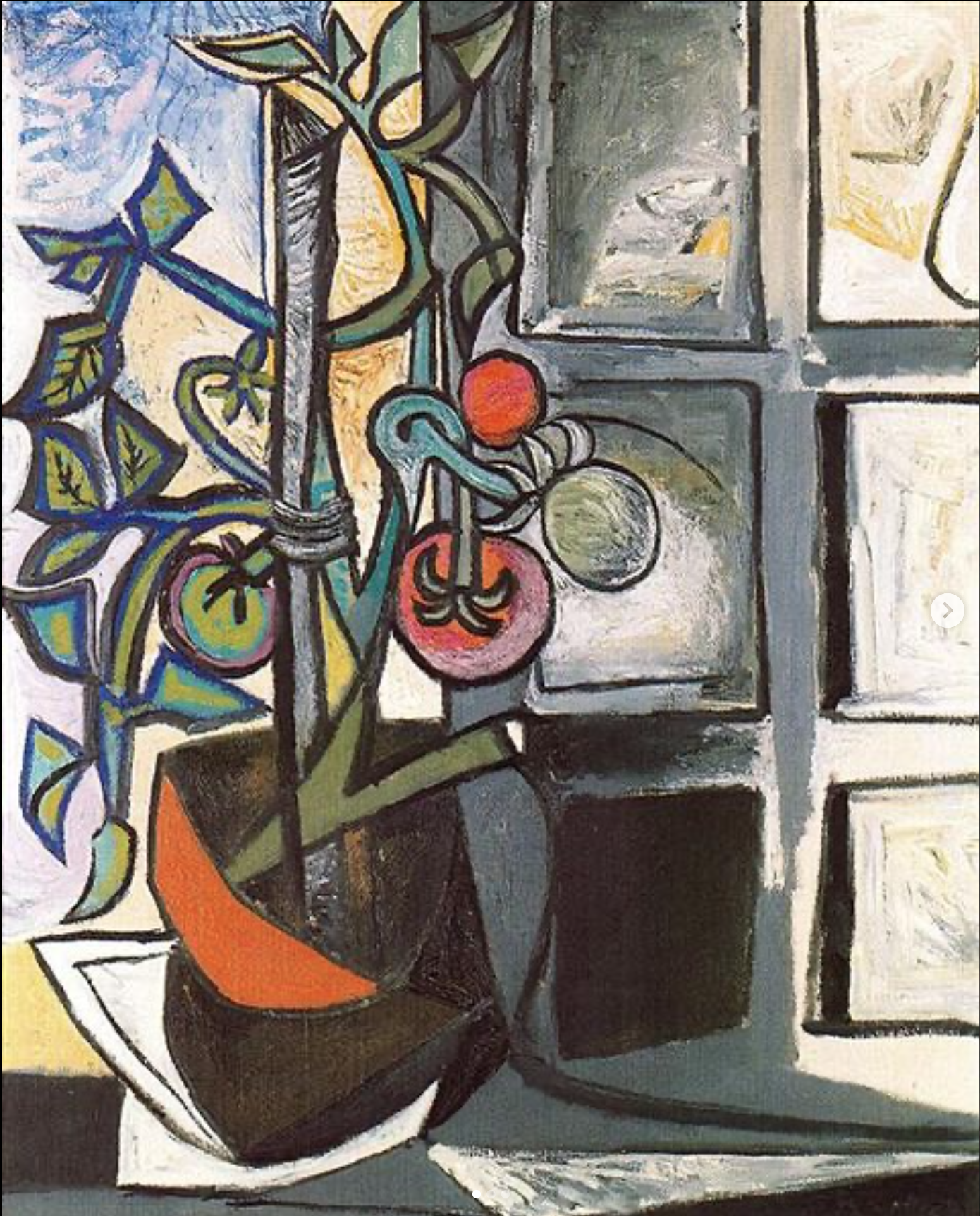The Complete Guide To Retinol And Retinoids
A guide in my opinion is always incomplete: there is always more to learn, more to add. Calling this guide to retinol incomplete, helps me take the pressure off, so I can offer you an overview of Retinoids and Retinol that is as helpful as I can make it, with the caveat that there will be more posts that add to this knowledge base.
I’ve been meaning to write about Retinol for a while now: how I use retinol and my experience with it. When we first showcased Retinol in the August 2018 and October 2018 Beauty Boxes, retinol was often maligned and not used much in plant-based skincare (or green/clean beauty space, if you will). With the help of African Botanics’ Fleurs D’ Afrique Retinol oil serum, as well as their Resurrection Recovery Serum, we debunked many of the myths associated with Retinol. Those two boxes were huge hits and subsequently, I found a lot of green and clean beauty skincare lovers and reviewers become more open to incorporating retinol into their skincare routines. Brands in this space also began to use retinol in their formulations, marrying botanical extracts with retinoids to create uniquely beautiful products.
What is Retinol?
Retinol is the ‘active’ form of fat-soluble Vitamin A. It is a type of retinoid, which is a class of compounds that includes retinol, retinoic acid, retinaldehyde, and retinyl esters. Vitamin A is required for a number of biological processes including embryo development, for night vision, and low light vision as well as cell differentiation. Vitamin A is primarily stored in the body (especially in the liver) as retinol or retinyl esters.
A Brief History of Retinol
An Egyptian papyrus from around 1500 B.C. mentions an ‘eye disease’ which many interpret to be night blindness. The cure recommended in this papyrus is ‘roasted ox liver’ applied to the eye. We now know that the liver is rich in Vitamin A. And although a topical application of Vitamin A rich liver is unlikely to treat eye disease or night blindness, it is interesting that a connection was made between a nutritional deficiency & blindness (and in this case, it is quite fascinating that the cure for such a deficiency points to the most Vitamin A rich food source: the liver). Greek texts (460 BC), as well as Assyrian texts (700 BC), also recommended Vitamin A-rich liver as cures for night blindness. In more recent history, Retinol was first successfully synthesized in 1943 after which it was made commercially available. In 1969 studies reported that Tretinoin (commercially available ‘Retinoic Acid’) was helpful in treating acne vulgaris and in 1971 it was introduced as an FDA-approved treatment for acne. Following anecdotal evidence, from elderly patients, of Retinoic acid also reducing the appearance of wrinkles, subsequent studies (Kligman et al. 1984) showed that retinoic acid did indeed minimize wrinkles and could be a possible treatment for photoaging.
Retinol vs Retinoid: What’s the difference?
Retinoid is a catch-all term or ‘umbrella’ term that encompasses the Vitamin A derivatives: Retinoic Acid, Retinol, Retinaldehyde, Retinyl Palmitate, and other Retinyl esters.
Retinoic acid (All-trans Retinoic acid) is the most potent form of retinoid and is a key Vitamin A derivative that mediates various signal pathways for growth and development. Retinoic acid works by binding to the Retinoic acid receptor. Both Retinol and Retinaldehyde need to convert to Retinoic Acid before they can bind to the Retinoic Acid receptor.
Retinol is two conversion steps away from Retinoic Acid.
Retinaldehyde or Retinal is one conversion step away from Retinoic Acid.
Retinol for Skin: What does retinol do?
Most of the OTC skincare Retinoid treatments use Retinol, so I will reference Retinol for this explanation. However, please note that there are other really great Vitamin A derivatives/metabolites as well, like Retinal & Hydroxypinacolone Retinoate (Granactive Retinoid) that I will also touch upon.
The skin is divided into three layers: the epidermis, the dermis, and the subcutaneous tissue. Between the epidermis and the dermis is a basement membrane that contains extracellular proteins including type IV and type VII collagen. The epidermis mainly consists of keratinocytes in its lower layer, which are the skin cells that get differentiated and move upwards to become corneocytes (dead skin cells filled with keratin protein) that form the protective barrier of the skin. The dermis is mainly the extracellular matrix, composed of elastin and Type I and Type III collagens that are synthesized by fibroblasts located in the dermal layer (Fisher and Voorhees, 1996).
When topically applied, Retinol is converted by a two-step oxidation process to Retinoic Acid (first getting converted to Retinaldehyde & then Retinaldehyde gets oxidized to form Retinoic Acid). Retinoic acid binds to the Retinoic Acid Receptors in the skin cells which trigger the proliferation of keratinocytes (which consequently increases epidermal thickness). It also activates fibroblasts in the dermal layer to increase the synthesis of Type I collagen and also helps block the synthesis of enzymes like collagenase which degrade collagen in the skin, thereby inhibiting the degradation of collagen in the skin (Mukherjee et al. 2006).
Recent clinical studies have shown that, like topically applied Retinoic Acid (Tretinoin), topically applied Retinol also increased epidermal thickness and stimulated the synthesis of structural proteins in the Extra Cellular Matrix (Elastin, Type I Collagen) by activating the fibroblasts in the dermis (Shao et al. 2017).
The Maya Chia Straight A retinoid treatment, African Botanics Fleurs D’Afrique Oil, and Resurrection Cell Recovery Serum contain encapsulated retinol.

Retinal vs Retinol
Retinal or Retinaldehyde is also a retinoid. While Retinol requires two conversations (Retinol -> Retinaldehyde and then Retinaldehyde -> Retinoic acid), Retinal is just one enzymatic conversion step away from Retinoic acid. Therefore it is purported that Retinal is possibly faster acting and more efficient than retinol. Studies have shown that Retinal also very effectively increases epidermal thickness and keratinocyte proliferation without the irritation associated with retinoic acid (Mukerjee et al. 2006, Kong et al. 2015). Studies comparing .05% Retinaldehyde with .05% Retinoic acid have reported that both retinaldehyde and retinoic acid were equally effective in reducing wrinkles and skin roughness (Creidi et al. 1999).
Having said that, products are often more than the sum. of their parts and sometimes ingredients lists and ingredient percentages don’t tell the whole story. The skincare brands and formulators we work with combine ingredients to take advantage of ingredient synergies that result in the most effective formulations.
The African Botanics Retinal Night Cream is a retinal with .1% Retinal but with a gentleness that belies its strength. It feels gentler than even some retinols I have experienced, owing to the anti-inflammatory properties of the retinal used and the supporting nourishing ingredients.
The Lovinah Green Caviar Retinol oil combines a retinoic acid ester (Hydroxypinacolone Retinoate – see below) with retinal.
How to apply Retinol to Skin?
The general recommendation is to apply retinoids to clean, dry skin. However, with the new, innovative formulations with unique delivery systems, I would recommend reading each brand’s recommendation. For example, I would recommend applying gentle retinol oils on hydrated not dry skin (after a mist and essence).
Retinol for Sensitive Skin
One of the most important steps before (or while) incorporating actives into your skincare, is to ensure that your skin barrier is strong.
If you think your skin is newly sensitive, it is possible that it is ‘sensitized’ by the overuse of actives or exfoliation. So if you suspect your skin is sensitive I would recommend focussing on supporting your skin barrier with formulations containing ceramides and fatty acids, before introducing actives like retinol into your skincare routine. You will find that the same active that would usually feel gentle on your skin might feel ‘too strong’ when your skin has a damaged barrier.
One of the gentlest retinoids I have found is the Votary Intense Recovery oil with Hydroxypinacolone Retinoate (Granactive Retinoid).
Does Retinol help with Hyperpigmentation?
When I hit 35, a few years ago, I suddenly experienced increased hyperpigmentation: a slew of ‘age/liver spots’ appeared on my skin. What really helped me (and it took patience and a year of consistency) was a combination of four products:
- Retinol
- Gentle Chemical Exfoliation 1-2 times a week (not on days that I was using the retinol)
- Vitamin C serum (I used a serum with a gentle Vitamin C ester)
- And most importantly: consistent use of sunscreen
Both Retinol and Vitamin C are effective at combating photoaging and because I used gentle versions of both I was able to incorporate both actives together in my routine. But if you are hesitant to start with both, you can introduce each active one at a time.
I am summarizing the different categories of retinoids we carry in the Beauty Shop here:
- Retinol: African Botanics Fleur D’Afrique Oil and Resurrection Cell Recovery Serum, Maya Chia Straight A Serum
- Retinal/Retinaldehyde: African Botanics Retinal Night Cream, Lovinah Green Caviar Retinol Oil (contains both HPR(Hydroxypinacolone Retinoate) and Retinaldehyde) and Green Caviar Mask
- Hydroxypinacolone Retinoate (Granactive Retinoid) : Votary Intense Night Oil, Lovinah Green Caviar Retinol Oil
I hope this was helpful. Please feel free to comment below with any questions.







